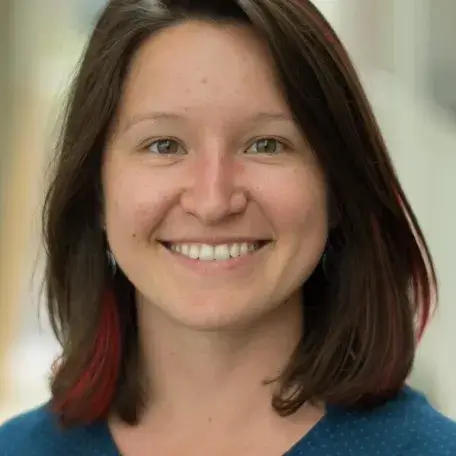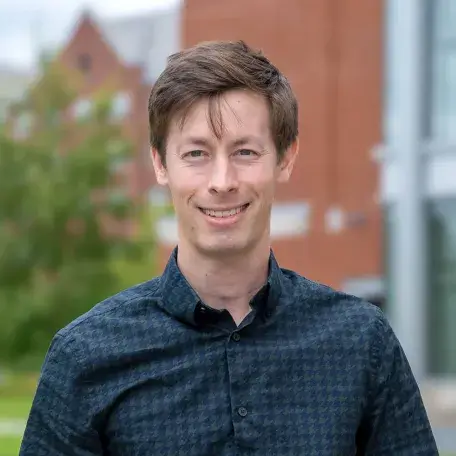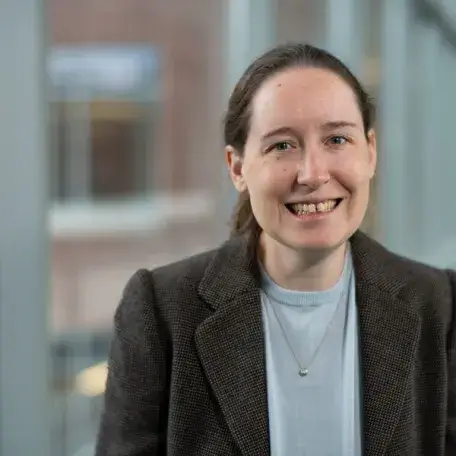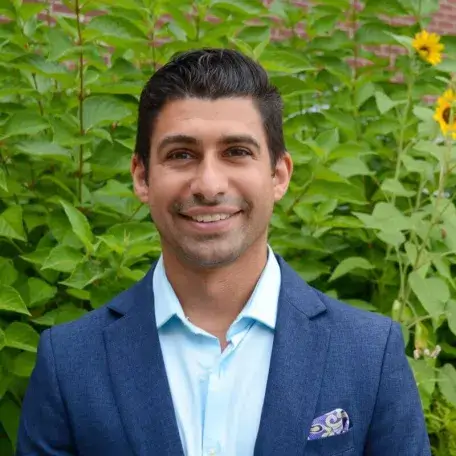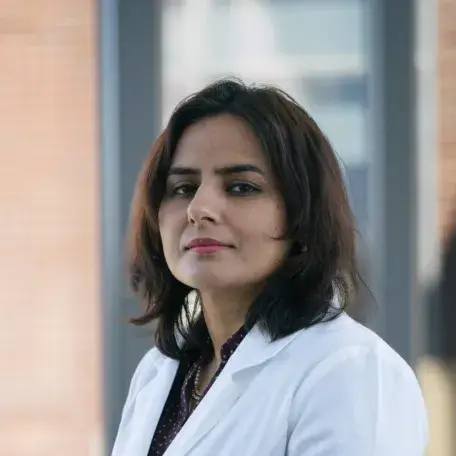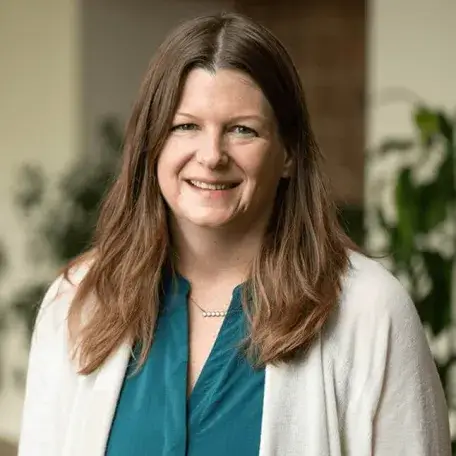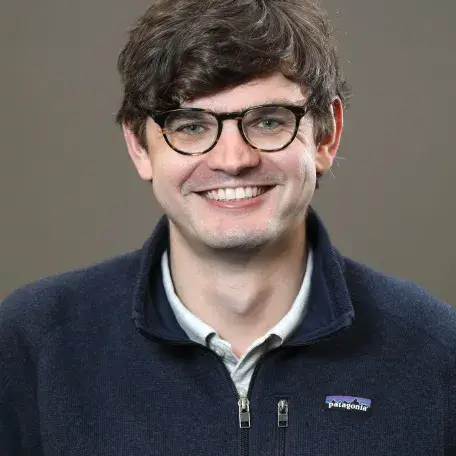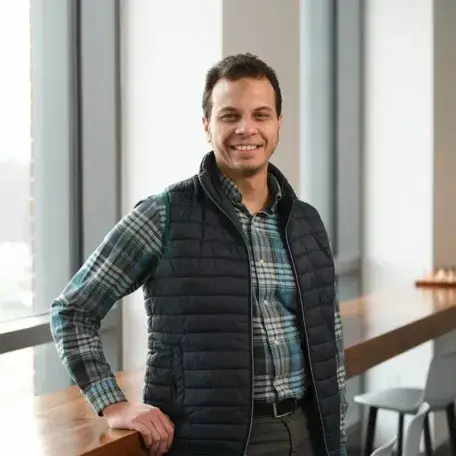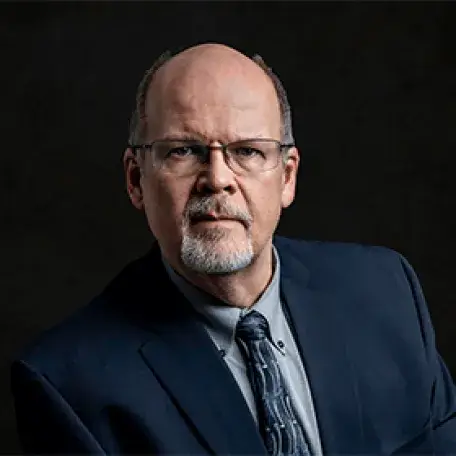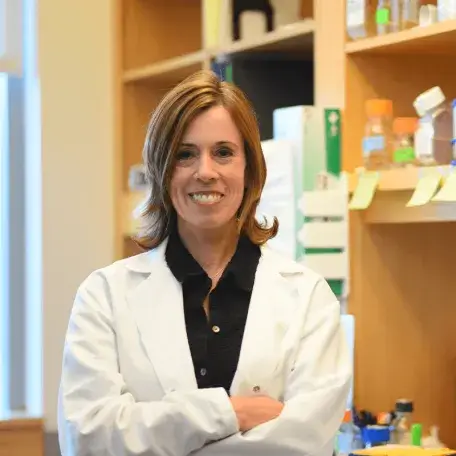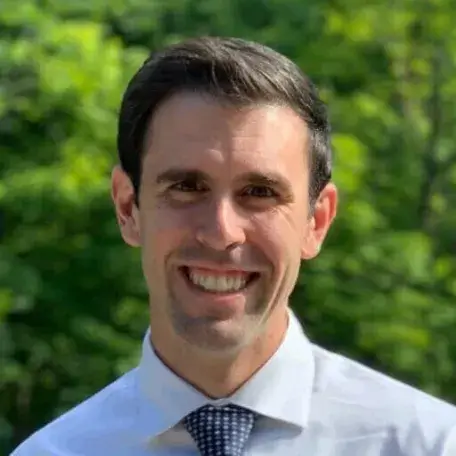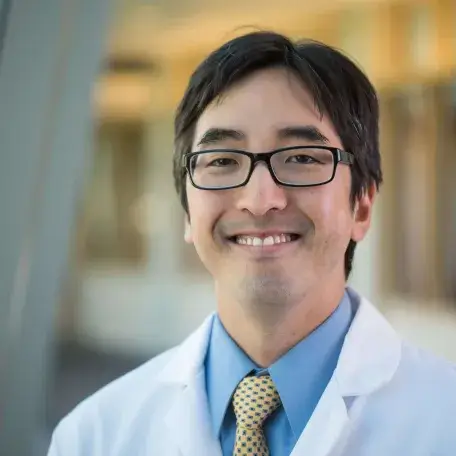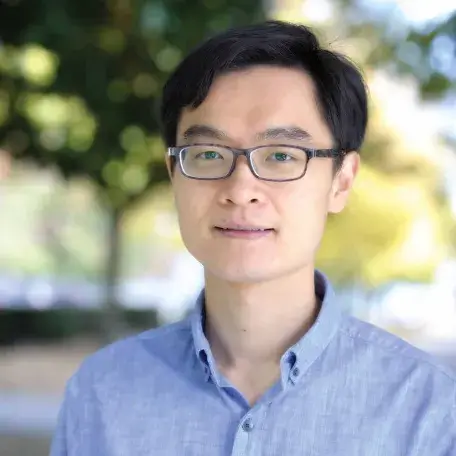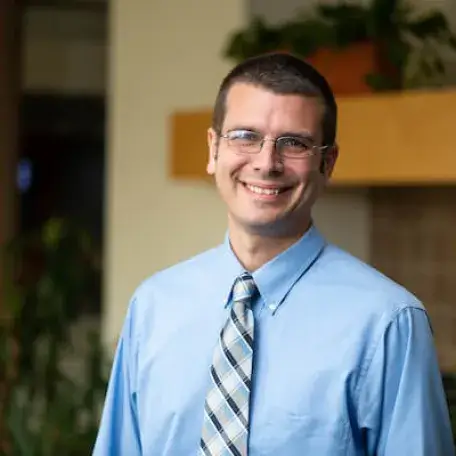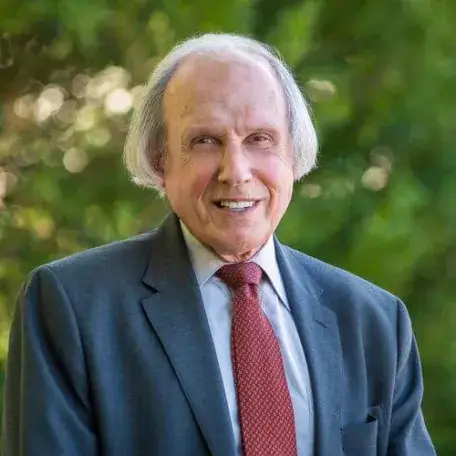Available for Doctoral Training
Assistant Professor • Gut Microbiome and Cancer Interactions
danielle.brasino@med.uvm.eduAssistant Professor, Department of Electrical and Biomedical Engineering
mbrasino@uvm.eduAssistant Professor • Determinants of Viral Infectivity and Viral-Host Interaction
emily.bruce@med.uvm.eduAssistant Professor • Genome Instability Mechanisms in Cancer and Host-Virus Interactions
nimrat.chatterjee@med.uvm.eduProfessor • Structural Biology of DNA Replication and Repair
sylvie.doublie@med.uvm.eduAssociate Professor, Department of Pharmacology • Associate Professor, Department of Biochemistry
karen.glass@uvm.eduAssistant Professor, Department of Pharmacology • Bloomfield Endowed Professor in Cardiovascular Research
osama.harraz@uvm.eduAssociate Director of Cancer Research, Training and Education Coordination, UVM Cancer Center • Professor, Pharmacology
alan.howe@uvm.eduPediatric Infectious Disease Physician • Associate Professor
Benjamin.Lee.1@med.uvm.eduProfessor and Chairperson, Department of Biochemistry • Professor, Department of Surgery
Gary.Stein@uvm.eduAvailable for Rotation Only
Professor
Gynecologic Infectious Disease
Gynecology
Obstetrics
Sexually Transmittable Infections in Women
Vulvar Pain Syndromes
Associate Director, Shared Resources • Professor, Pharmacology • Full Member - Cancer Cell (CC)
frances.carr@med.uvm.eduProfessor of Biomedical and Health Sciences • Associate Dean for Faculty Affairs and Research • Endowed Professor of Health Sciences
Paula.Deming@med.uvm.eduCell functioning and signaling, molecular pathology, cancer biology, cell control pathways.
Assistant Professor
Andrea.Etter@uvm.eduFood safety (bacteria), microbiology, foodborne outbreaks, listeria monocytogenes, salmonella enterica, backyard poultry, bacterial stress tolerance, risk communication, homesteading biosecurity.
Associate Professor • Regulation of Bacterial Virulence and Catabolism
matthew.wargo@uvm.eduAt the big picture level, we are interested in how bacteria detect their surroundings and respond accordingly, both during infection and when in the presence of other bacteria. Our primary organism of choice is Pseudomonas aeruginosa, a...

